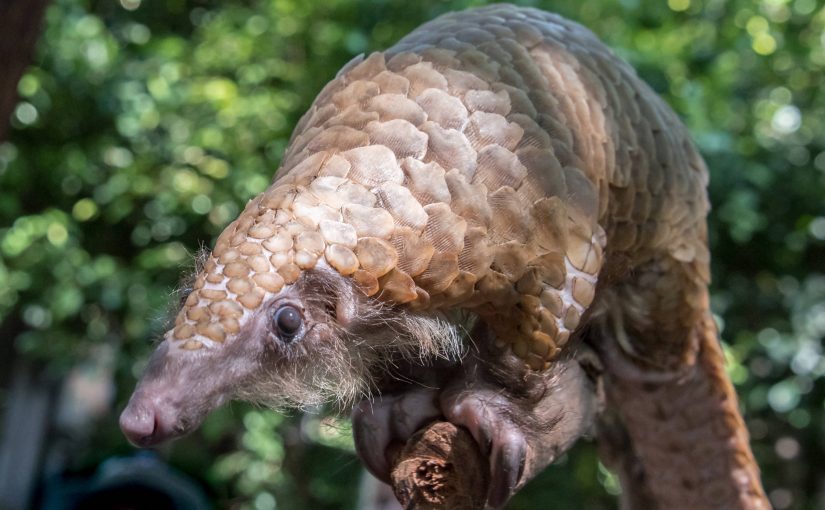Associate Professor Meredith Gore warns of the escalating threat posed by wildlife trafficking as a conduit for infectious zoonotic diseases in an article published in Police Chief Magazine.
The article was co-written with Gary Hagler, Michigan Department of Natural Resources director of emergency planning and operations; Russ Mason, Michigan Department of Natural Resources executive in residence at Michigan State University; Michael Osterholm, Regents Professor, McKnight Presidential Endowed Chair in Public Health, director of the Center for Infectious Disease Research and Policy, and distinguished teaching professor in the Division of Environmental Health Sciences, as well as instructing in other areas for the University of Minnesota; and Cory Anderson; PhD candidate for the University of Minnesota’s Center for Infectious Disease Research and Policy.
The authors stress the intricate nature of wildlife trafficking, linking it to organized crime and undermining investments in education and public health. Emphasizing that a majority of human infections arise from animals, they underscore the challenges presented by over 200 identified zoonoses.
Other topics include the rising instances of disease "spillover," like HIV/AIDS, Ebola, and COVID-19, all originating from wildlife. Despite the acknowledgment of zoonotic disease threats in U.S. security strategies, the authors argue that the role of wildlife trafficking in disease spread is often underestimated.
In response to the inadequacies in wildlife law enforcement personnel's capacity to handle zoonotic threats, the authors propose a collaborative One Health approach, involving traditional law enforcement in tandem with wildlife law enforcement, to effectively detect and manage zoonotic diseases.
Photo by Frank Kohn, U.S. Fish and Wildlife Service in Policy Chief Magazine


